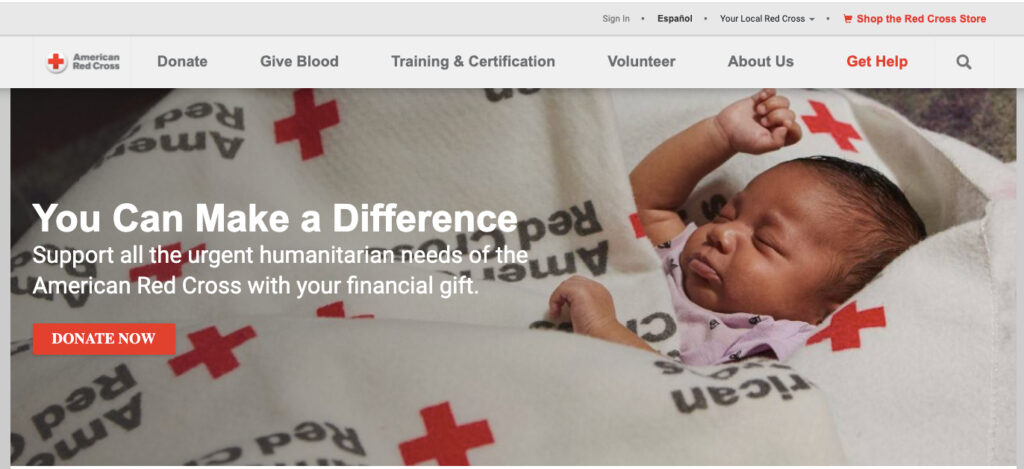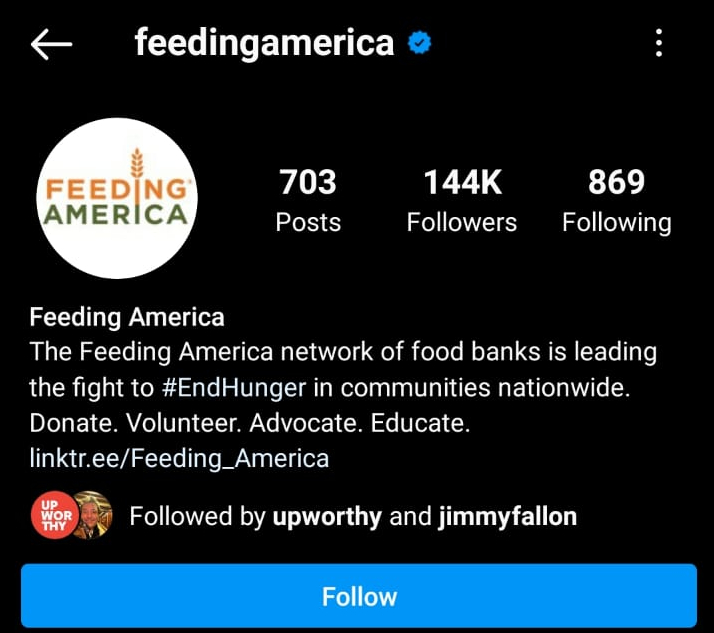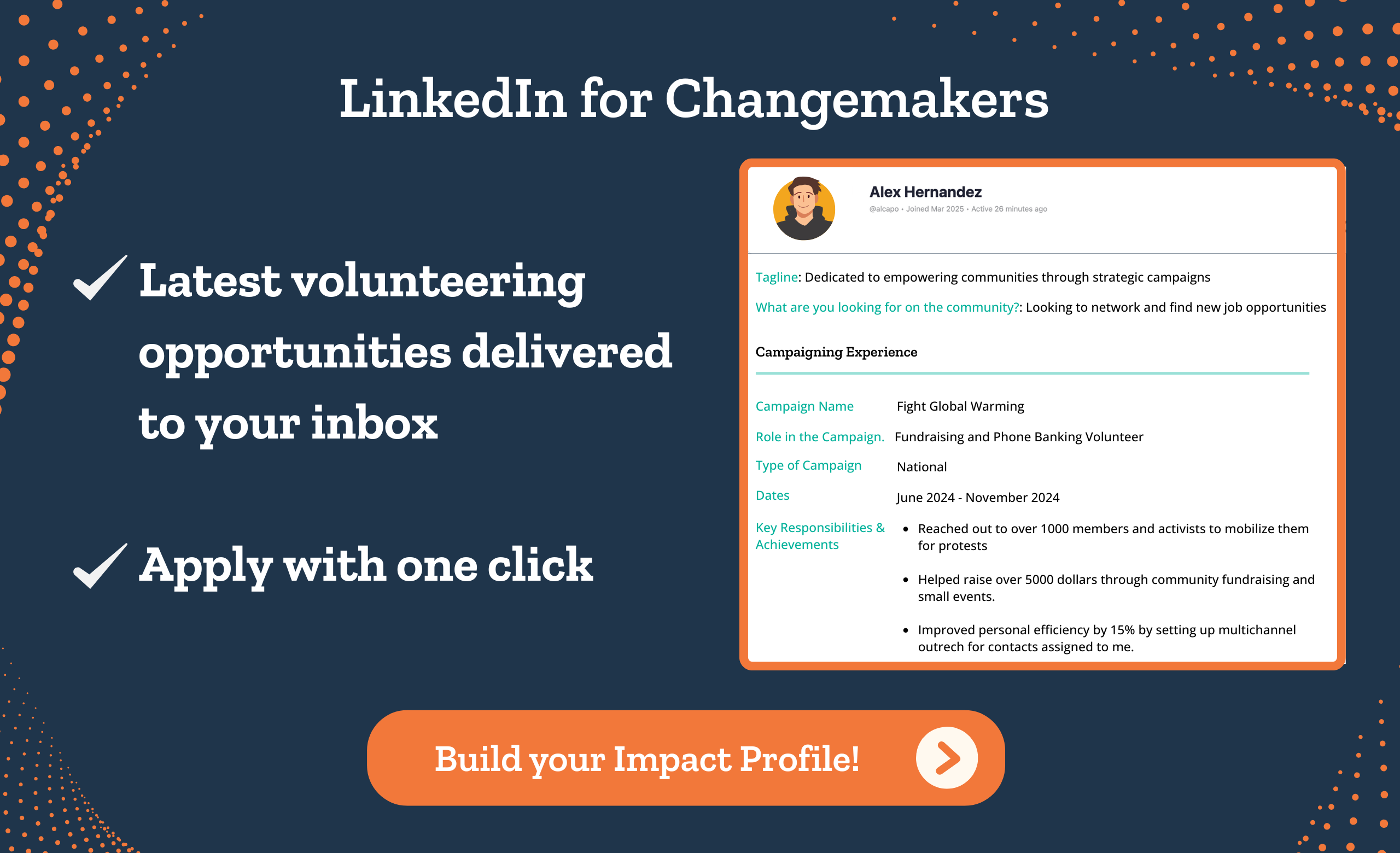Table of Contents
Nonprofit crowdfunding is the process of raising funds through soliciting donations from a large group of people. It has quickly become a popular method through which nonprofits raise funds. Here’s why:
- 28% of crowdfunding donors are likely to donate again.
- On average, each crowdfunding campaign raises around $9,237.
- The average donation amount to crowdfunding campaigns is $66.
While the statistics are reassuring, you may face many challenges when launching a crowdfunding campaign. We’ve explored 6 common crowdfunding challenges and how you can overcome them.
Crowdfunding challenges and how to overcome them
Right from the inception to the execution of your campaign, here are crowdfunding challenges of which you need to be aware –
- Establishing trust.
- Choosing the right platform.
- Building your crowdfunding funnel.
- Creating the right incentive.
- Registration in different states.
- Protecting intellectual property.
Let’s explore this in detail.
Challenge number 1: Establishing trust
While it may seem obvious, establishing trust in your nonprofit organization is the key to a great crowdfunding campaign. A study by Give.org had interesting insights about establishing trust with your donors after interviewing 2100 respondents. We share their findings below –
- Only 1 in 5 respondents said they “highly trusted” nonprofit organizations.
- 73% of respondents said trusting a nonprofit before donating was essential.
- Only 15% of respondents believed in a nonprofit’s promises to deliver on time.
While nonprofit organizations, working in tandem with the government, are important for bringing about change in society, it is surprising that very few people can trust them.
Therefore, establishing trust for your nonprofit crowdfunding campaign is imperative if:
- You are a newly formed nonprofit organization, and people do not have access to past campaigns to vet you.
- You lack exposure, and not many people know about you or your campaigns.
- You are looking outward for fundraising for the first time if you’ve generally had sponsors or high-value donors to fund your organization but need to raise more funds from the public now.
For people to part with their money, they need to know you are the real deal – and that they can trust you. Therefore, your first step in planning a crowdfunding campaign is determining how you will establish trust with people who come across your fundraising appeal.
How do you build trust?
- Develop a great website to turn it up on Google: A great nonprofit website is essential if you want people to trust you. 81% of donors look at your website before donating money to you. Your website must communicate what you stand for, what you have done, and how you will make a difference.
Below is an image of the Red Cross Society’s website. It is built and designed to captivate donors and supporters and move them to action.

- Build your brand through social media activities: With 7 out of 10 Americans using social media, building your brand on it becomes essential. People discover you online, gauge your trustworthiness, and form opinions about your nonprofit through social media activity. We’ve listed a few things you can do for your social media platforms, using Feeding America as an example.
- Create a great bio that concisely communicates who you are and your organization’s mission and beliefs. Take a look at the Instagram bio below. It shares Feeding America’s mission, relevant hashtags, and even a donation link that people can visit. There’s so much you can communicate using very few words.

- Add an appropriate call-to-action button: Facebook and Instagram allow you to customize relevant buttons for your followers. For example, like the donate button in the picture above, you can direct your followers to your crowdfunding campaign page or your website to learn more.
- Share updates from your activities: When you engage in activities that showcase how you are spending your funds or the charity work you are undertaking, share it online. When people see you using funds as you promised, that will build their trust in you. If you’ve received an award or recognition recently, share those pictures too.

Here is Feeding America sharing the story of a real, ordinary family that their organization could help through their activities.
With these tips in hand, you can build trust with prospective donors and nudge them to donate to your cause.
For more relevant advice on building your trust on social media and fundraising through it, read our article Social Media Fundraising: The All-in-one Guide
Challenge number 2: Choosing the right platform
While it may seem simple, choosing the right platform for your crowdfunding campaign needs a bit of thought. Not every platform can cater to your needs or benefit your campaign similarly. Here’s what you need to think about when choosing a crowdfunding platform:
- How widespread and trustworthy is this platform for the general public?
- How many active campaigns are they running at the moment?
- How many visitors do they receive on average?
- What is the amount that campaigns can raise on this platform?
- What are their terms and conditions?
- How much will they charge me per donation?
- Will they allow me to showcase my branding?
How do you choose the right platform?
- Explore what each platform offers: Different crowdfunding platforms offer different benefits. Some platforms, such as DonorBox, allow you to customize your crowdfunding pages to showcase your nonprofit’s branding. Others, such as Fundly, involve your donors and enable share options so donors can share your crowdfunding campaign on their social media platforms.
Explore features on different crowdfunding platforms and choose the one that solves most of your problems and makes your process easy.
- Figure out the price point: There are two ways in which crowdfunding platforms will charge you. First, you may have to pay them a percentage of the amount you have raised per donation. The other is to pay them a monthly subscription fee to use their platform. Depending on your feasibility and the funds available, you need to double-check the pricing point for each platform and if you are comfortable with their payment model.
- Be clear on your goals: If your goal is to raise as much money as possible, you may need to look up previous campaigns run by a crowdfunding platform and study their statistics. What was the average amount that campaigns were able to raise?
If crowdfunding also serves as an opportunity to build your nonprofit’s brand, a platform that lets you customize your crowdfunding pages might be a significant investment.
Read Also: A Quick Guide To Nonprofit Branding To Help Build A Better Brand
- Available payment methods: How do you want to accept payments from a crowdfunding campaign? Would you like donors to be able to pay through PayPal or Venmo? Do you want your payments to go through via credit or debit card? Does your crowdfunding platform support these payment methods? Can you run a text-to-donate campaign?
Understanding which payment methods would help you, in association with your finance team, can be a decisive factor in choosing the right crowdfunding platform.
To know more about which crowdfunding platform to choose, you can read our article: Crowdfunding For Nonprofits: Essential Tips And Top Platforms.
Challenge number 3: Building your crowdfunding funnel
Unlike common beliefs, making your crowdfunding appeal go live is NOT the first step to successful crowdfunding. The seeds of a successful crowdfunding round are sown much before the campaign goes live.
It begins with people getting to know your campaign and goals and feeling excited, even connected to them. Only when some people are involved in your campaign early on will you be able to generate the traction necessary to make your fundraiser far-reaching and successful.
How do you build your crowdfunding funnel?
- Prospects: Identify the people most likely to donate to your cause. At this stage of your funnel, creating awareness about your crowdfunding campaign and capturing people’s interest is important.
- Engaged prospects: Once you have captured the attention of prospective donors, you need to share relevant information through social media, emails, your website, etc., to keep their attention and engage them.
- Supporters: Supporters are donors who have donated to your campaign once. At this stage, they trust your crowdfunding campaign and actively support your organization. You can leverage their support by asking them to share your crowdfunding campaign on their social media or nudge them to become repeat donors.
- Sustained donors: Sustained donors repeatedly donate to your crowd fundraiser. They can go above and beyond to support your organization. If your crowdfunding platform allows supporters to create their pages to promote your crowdfunding campaign, these are the donors you can seek out. They will act as ambassadors to your cause.
Read Also: 7 Strategies That Will Elevate Donor Engagement
Challenge number 4: Creating the right incentive
Donation incentives are perks you offer to your supporters for donating to your crowdfunding campaign. What do your supporters get once they donate? When designing your crowdfunding campaign and messaging, point towards the incentive.
However, nonprofits face the challenge of determining the right kind of incentive for crowdfunding. While some supporters might want updates and to know how their money was utilized, others might be happy with an acknowledgment and a thank you note. For example, campaign owners raise three times more if they update supporters every five days.
You need to determine what works best for your nonprofit.
Usually, the bigger the incentive, the higher the donations you can expect.
How do you create the right incentive?
- Determine what other nonprofits are doing: Nonprofits in sectors similar to yours might have run crowdfunding campaigns previously. Understand the kind of incentives they offered and how they worked for them.
- Study your previous campaigns and understand what worked: Your experience can serve as your guiding light to determine what your donors seek. Is it recognition, updates, tax benefits, or small mementos?
- Create higher incentives when pursuing high-value donors: Higher incentives include naming a center after a donor or running a campaign named after their business.
Challenge number 5: Registration
40 states in the US mandate registration before soliciting donations from their state. When you think of crowdfunding for your nonprofit, this is a legal requirement you must deal with.
How do you overcome this challenge?
- Know more about the specific registration requirements.
- Choose a crowdfunding platform registered with all states you operate in or solicit donations from.
- Find other means to solicit donations that are compliant with the laws. For example, if donors in a different state donate to your crowdfunding alone, you may not need to register your organization in that state. However, if you run campaigns specifically targeting donors in a different state, you fall under their compliance laws.
Challenge number 6: Intellectual property
Intellectual property is a valuable asset in a time when there are 1.6 million charitable organizations in the US. The competition to raise funds is fierce, and you must protect your campaign data, slogans, and other intellectual property.
You need to think about intellectual property in two ways:
- The images, graphics, and texts you use for your campaign that you have downloaded from the internet.
- The images, graphics, and texts that you created initially.
How do you overcome this challenge?
- Give credit where it is due, and do not use any media or text whose permission is not granted by creators.
- You can file a federal copyright registration with the U.S. Copyright Office if you have original artwork. Consider filing a federal trademark application with the U.S. Patent and Trademark Office for a catchy slogan or campaign literature. The Obama campaign has been (in)famous for aggressively filing trademarks and subsequently filing several suits against people who violate the terms.
The way forward
Designing a crowdfunding campaign is not easy. Especially when the stakes are high, you need to know the best ways to promote your campaign.
CallHub has several resources that can help your nonprofit organization, especially regarding fundraising. Read our article How To Craft A Successful Nonprofit Advertising Strategy to understand how you can let more people know about your nonprofit.
Featured Image Credit: Karolina Grabowska

